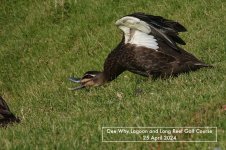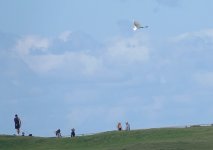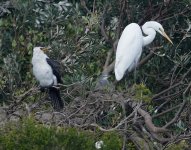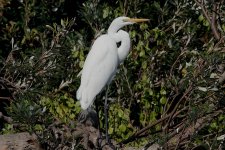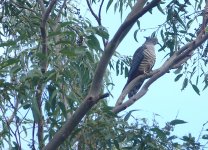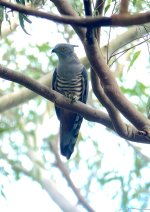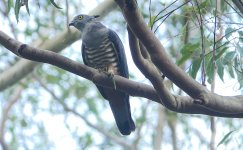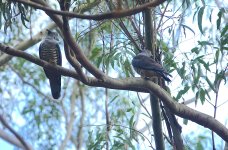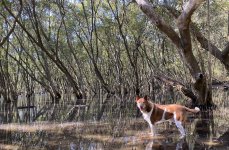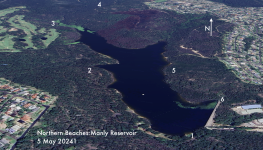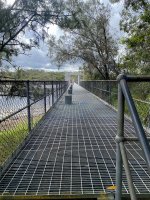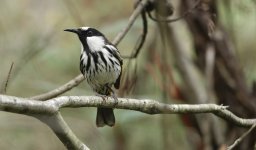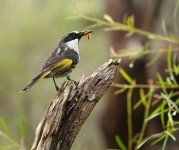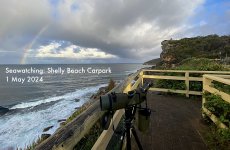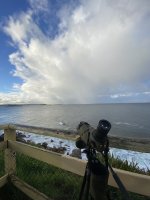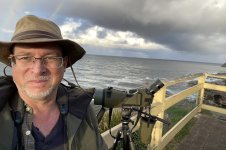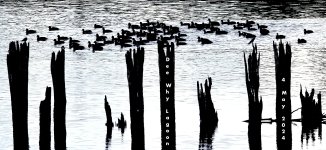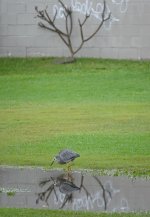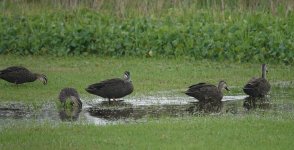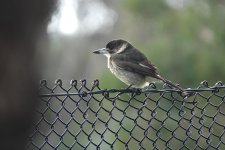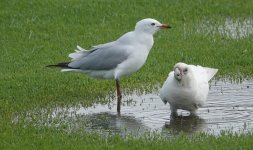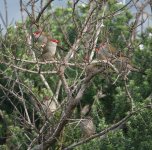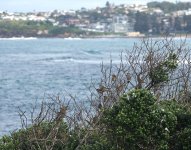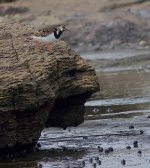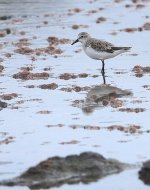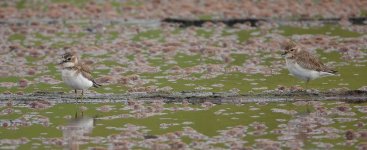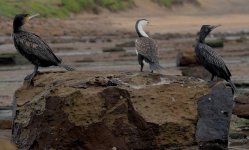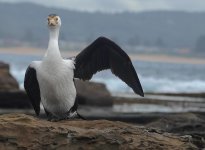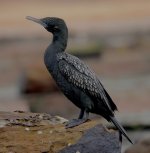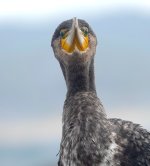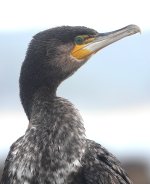MKinHK
Mike Kilburn

Thanks Ian - I'm really pleased with the Cormorant shot and owe a big thank you to Veeraj for both the Logrunner and the Speckled Warblers, which were among my top targets in Sydney birding. Personally I generally prefer the in-habitat shots to the "bird on a plain bokeh background", but the challenge of achieving that with a small sensor camera is interesting. I feel like the Sooty Oystercatcher pix especially would have benefited from the increased image quality that a larger sensor would offer, and I continue to think about upgrading. Dreams, dreams ...
Kuring-gai Chase National Park - Bobbin Head & Gibberagong Track
27 April 2024
Since then my birding has continued to focus on Willoughby and Long Reef. I did make an abortive visit to Bobbin Head in Kuring-gai Chase National Park to get better pix of Rockwarbler and Yellow-tufted Honeyeater, and despite an enjoyable day out I failed on both counts, which was most eloquently illustrated by the fact that the highlight of the day was a couple of rather tame Cunningham's Skinks. I've seen one here before, on an epic day for herps and my first ever Echidna but this sunny morning I ended up seeing seven of them on the rocky promontory just across the bridge at the beginning of the Gibberagong Track.
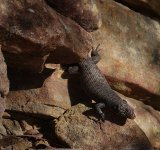
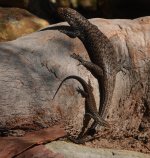
I did also get my best shots so far of Large-billed Scrubwren, which was working hard at finding a way in to some sort of little egg chamber stuck between a couple of leaves. I also got within a few feet of a loudly singing Superb Lyrebird that remained stubbornly incognito in the bush while cycling through his repertoire of local songbirds. The eBird checklist is here.
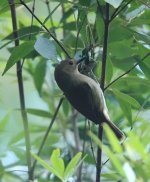
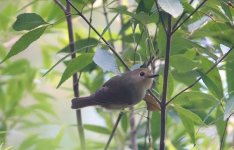
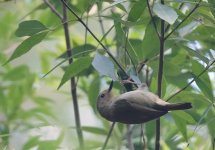
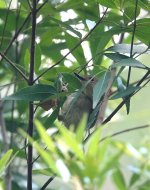
Cheers
Mike
Kuring-gai Chase National Park - Bobbin Head & Gibberagong Track
27 April 2024
Since then my birding has continued to focus on Willoughby and Long Reef. I did make an abortive visit to Bobbin Head in Kuring-gai Chase National Park to get better pix of Rockwarbler and Yellow-tufted Honeyeater, and despite an enjoyable day out I failed on both counts, which was most eloquently illustrated by the fact that the highlight of the day was a couple of rather tame Cunningham's Skinks. I've seen one here before, on an epic day for herps and my first ever Echidna but this sunny morning I ended up seeing seven of them on the rocky promontory just across the bridge at the beginning of the Gibberagong Track.


I did also get my best shots so far of Large-billed Scrubwren, which was working hard at finding a way in to some sort of little egg chamber stuck between a couple of leaves. I also got within a few feet of a loudly singing Superb Lyrebird that remained stubbornly incognito in the bush while cycling through his repertoire of local songbirds. The eBird checklist is here.




Cheers
Mike
Last edited:




